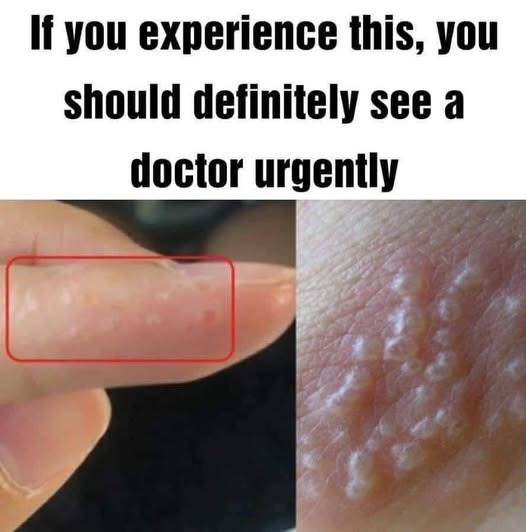Dyshidrotic eczema, also known as pompholyx, is a recurring skin condition that typically flares up in the spring. It’s characterized by small, intensely itchy blisters on the hands and feet, which can significantly impact daily life.
Causes and Triggers
The exact cause of dyshidrotic eczema remains unclear, but several triggers have been identified ¹:
Seasonal changes: Pollen and allergens in the air during spring can trigger flare-ups.
Excessive sweating or moisture: Hands and feet are prone to moisture, which can exacerbate the condition.
Contact with allergens or irritants: Exposure to substances like nickel, cobalt, or household cleaners can trigger reactions.
Emotional stress: Stress can contribute to the development of dyshidrotic eczema.
Fungal infections: Fungal infections can also trigger or worsen the condition.
Symptoms
Small, deep-seated blisters on the hands and feet
Intense itching and burning sensations
Redness and inflammation
Dry or cracked skin
Fluid-filled bumps that may ooze or crust over
Treatment and Management
While there’s no known cure, dyshidrotic eczema is treatable with ²:
Topical corticosteroids: Reduce inflammation and itching.
Cold compresses: Soothe blisters and reduce itching.
Moisturizers and barrier creams: Prevent dryness and protect the skin.
Antihistamines: Relieve itching and reduce allergic reactions.
Phototherapy: Light therapy can help manage chronic cases.
Avoiding triggers: Identify and avoid triggers to minimize flare-ups.
Living with Dyshidrotic Eczema
Managing dyshidrotic eczema requires a comprehensive approach, including:
Understanding personal triggers
Sticking to a skincare routine
Seeking support from dermatologists, allergists, or mental health professionals
By taking proactive steps, individuals with dyshidrotic eczema can lead comfortable, confident lives. If you’re experiencing recurring itchy blisters on your hands or feet, consult a healthcare provider for proper diagnosis and treatment ¹.


